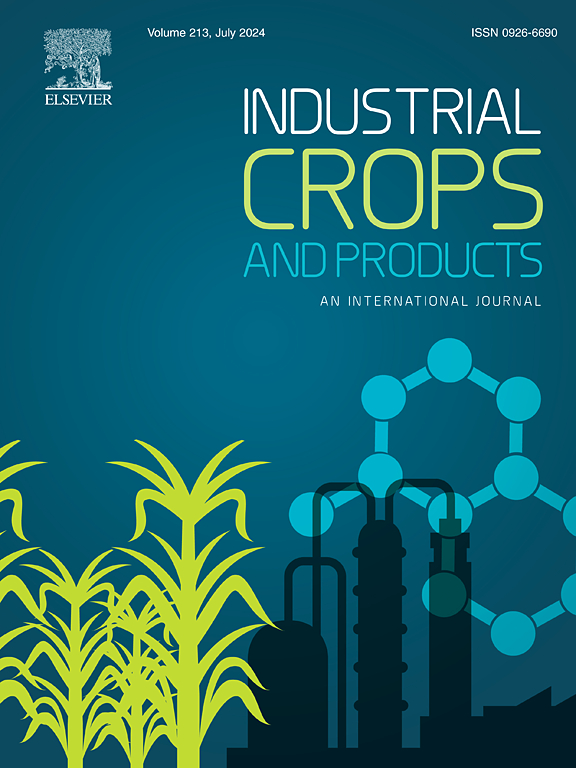Ultrasonic cavitation assisted deep eutectic solvent extraction of pectin from waste sweet lime peel: Statistical optimization and energetic analysis
IF 5.6
1区 农林科学
Q1 AGRICULTURAL ENGINEERING
引用次数: 0
Abstract
The present work investigates the extraction of pectin from the waste sweet lime peel (SLP) using deep eutectic solvent (DES), Choline chloride: Citric acid, using an ultrasonic cavitation-assisted process. Box Behken Design (BBD) in response surface methodology was adopted to optimize the process variables for maximum yield of pectin and understand the interactive effect. An assessment of the physicochemical properties and energy requirements were also conducted to evaluate the feasibility of the extraction process. The BBD analysis with desirability function resulted in a maximum pectin yield of 37.21 % and a degree of esterification of 85.49 % under optimized conditions of time: 34.55 min, power amplitude: 60 %, solid/liquid ratio: 1:30 and DES to water ratio of 1:5.38. The ANOVA assessment of BBD revealed the significance of the process variables on pectin extraction in the decreasing order as DES to water ratio>solid to liquid ratio>time>amplitude. The thermal, functional group, and elemental analysis indicate the extracted pectin to be similar to commercial pectin. The energetic study revealed that cavitation-assisted extraction has an energy savings of 0.718 KJ/g compared to conventional extraction. Therefore, the results show that the present extraction strategy can be a cost-effective and eco-friendly process that has the potential for scale-up. The process also projects a crucial valorisation route for waste SLP.

求助全文
约1分钟内获得全文
求助全文
来源期刊

Industrial Crops and Products
农林科学-农业工程
CiteScore
9.50
自引率
8.50%
发文量
1518
审稿时长
43 days
期刊介绍:
Industrial Crops and Products is an International Journal publishing academic and industrial research on industrial (defined as non-food/non-feed) crops and products. Papers concern both crop-oriented and bio-based materials from crops-oriented research, and should be of interest to an international audience, hypothesis driven, and where comparisons are made statistics performed.
 求助内容:
求助内容: 应助结果提醒方式:
应助结果提醒方式:


